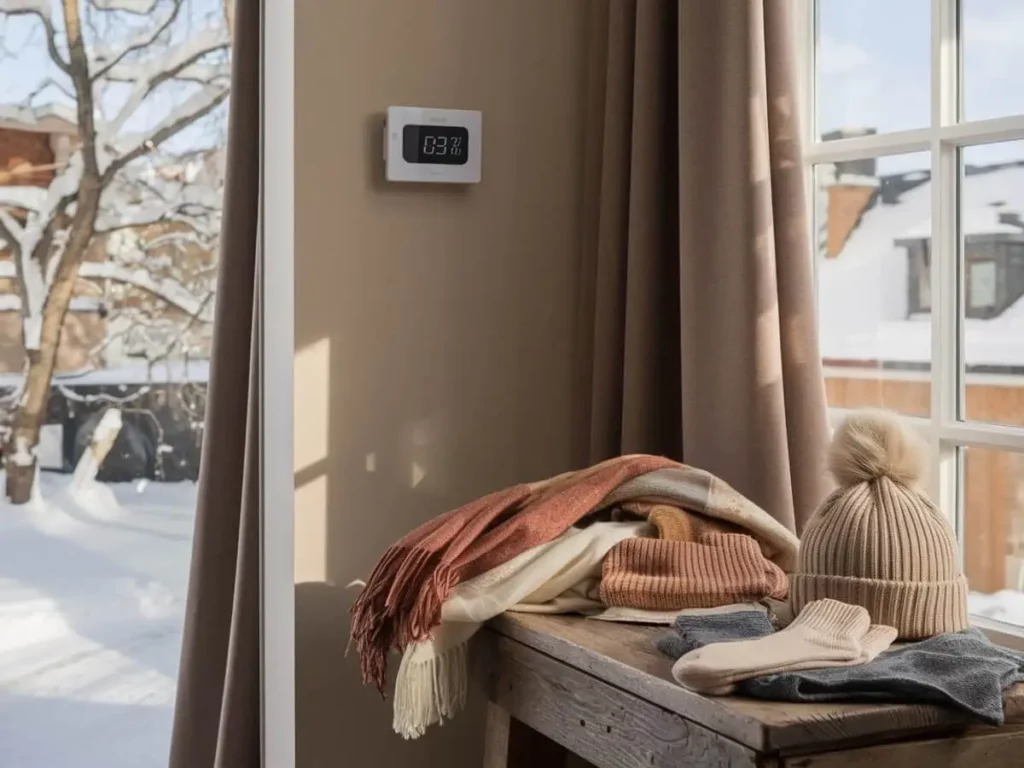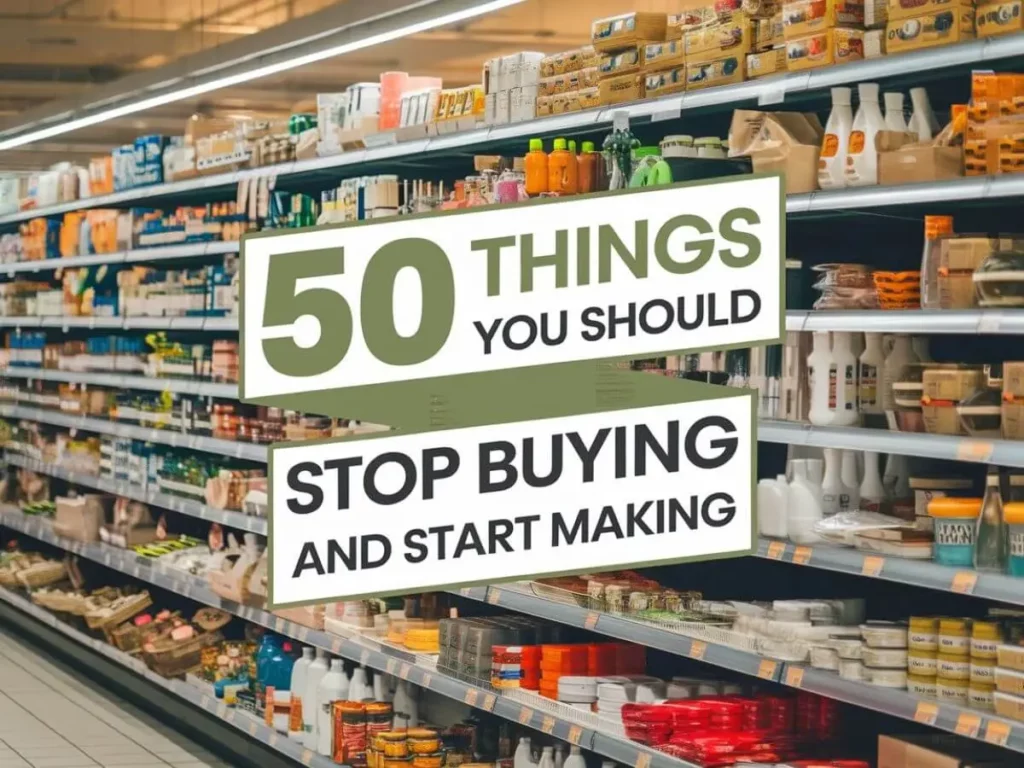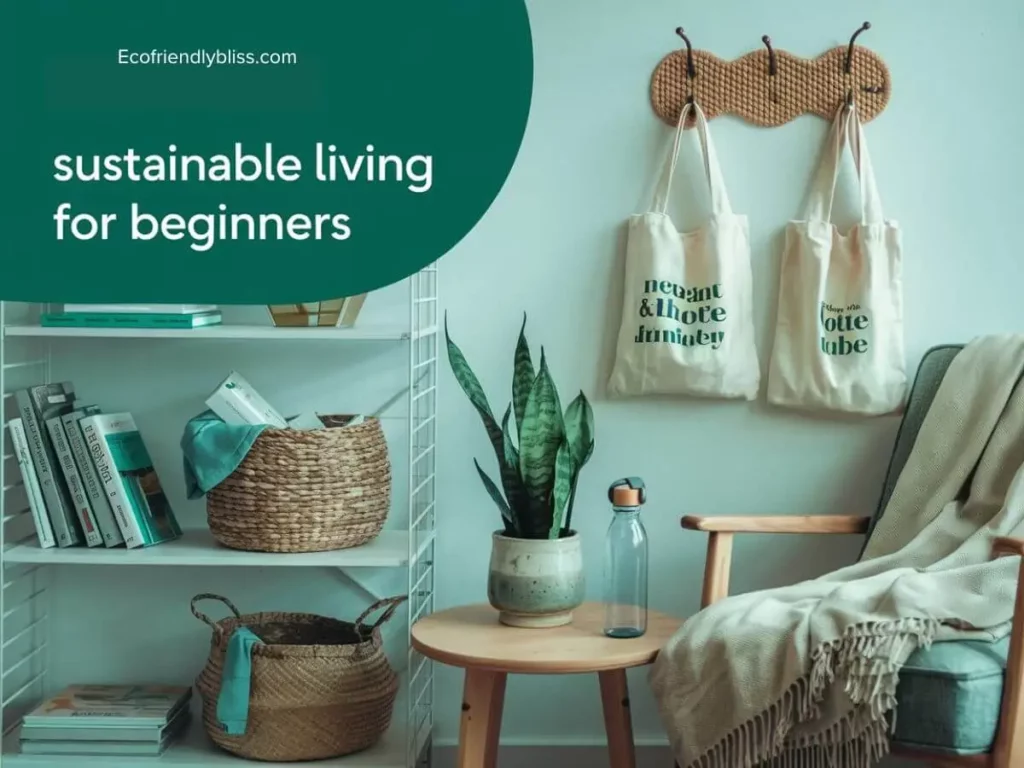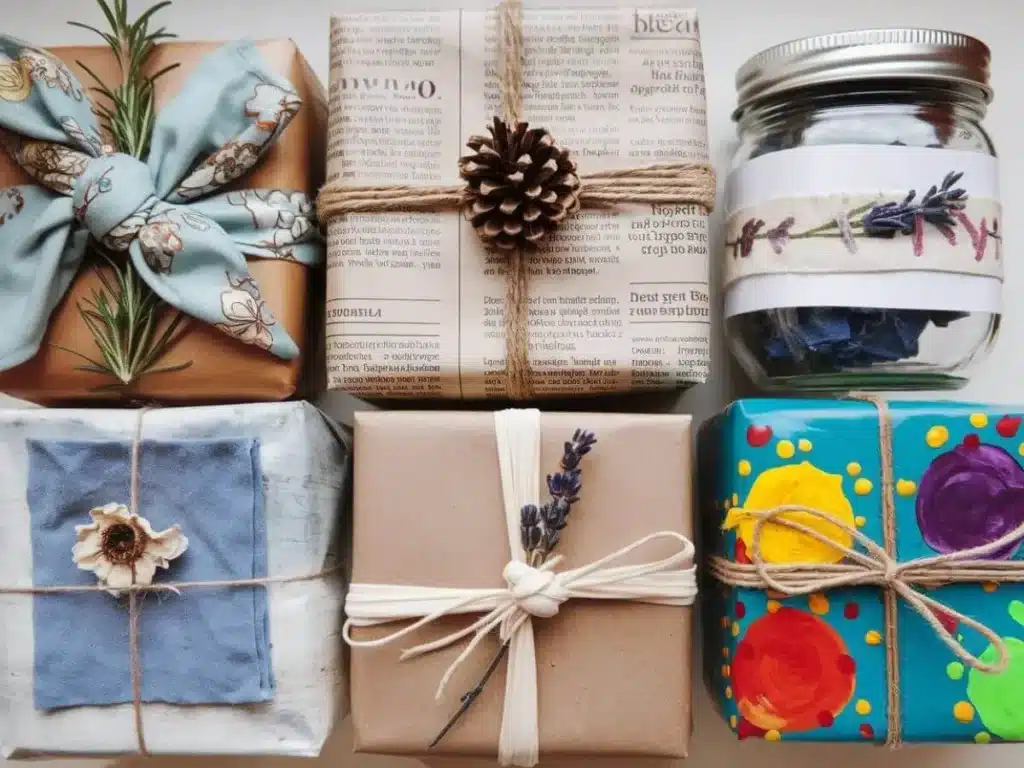(Disclaimer:This post may contain affiliate links which means I may receive a commission for purchases made through links. I will only recommend products that I genuinely believe in) Learn more.
Since adopting a sustainable lifestyle, I’ve been working to reduce plastic use in my daily life.
We all know that plastic is a major source of pollution and we should avoid using it. But most of us do not know where to start.
It can feel hard to stop using plastic, but there are ways to make a difference.
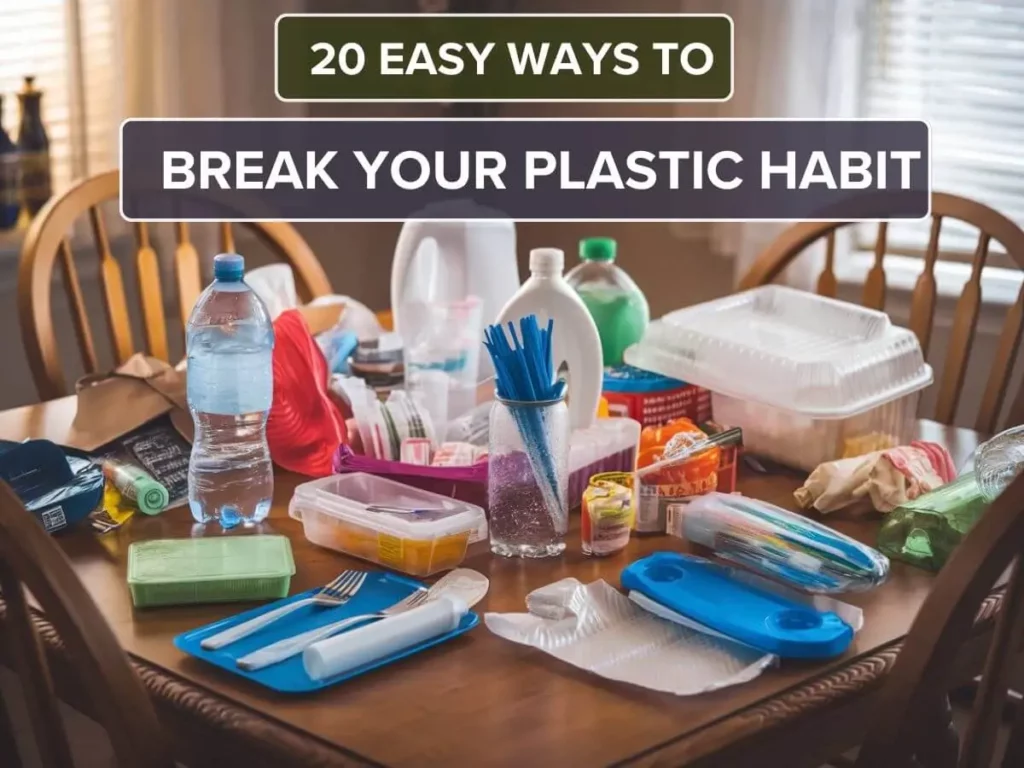
In this article, I will show you 20 easy ways to break your plastic habit. you can start with a few steps in the beginning and then explore more.
Why Plastic Reduction Matters?
Before starting a plastic-free lifestyle we must understand how single-use plastics affect us.
-> Single-use plastics often end up in landfills or oceans, taking centuries to break down.
-> Plastic pollution harms marine life a lot. Sea turtles and whales mistake plastic for food, leading to death. Microplastics, tiny plastic pieces, are also a concern. They can be eaten by marine life and affect our food chain.
-> Not just in oceans or landfills. Many things we use daily, like clothes and cosmetics, contain microplastics. These plastics are hard to find and can even get into our bodies.
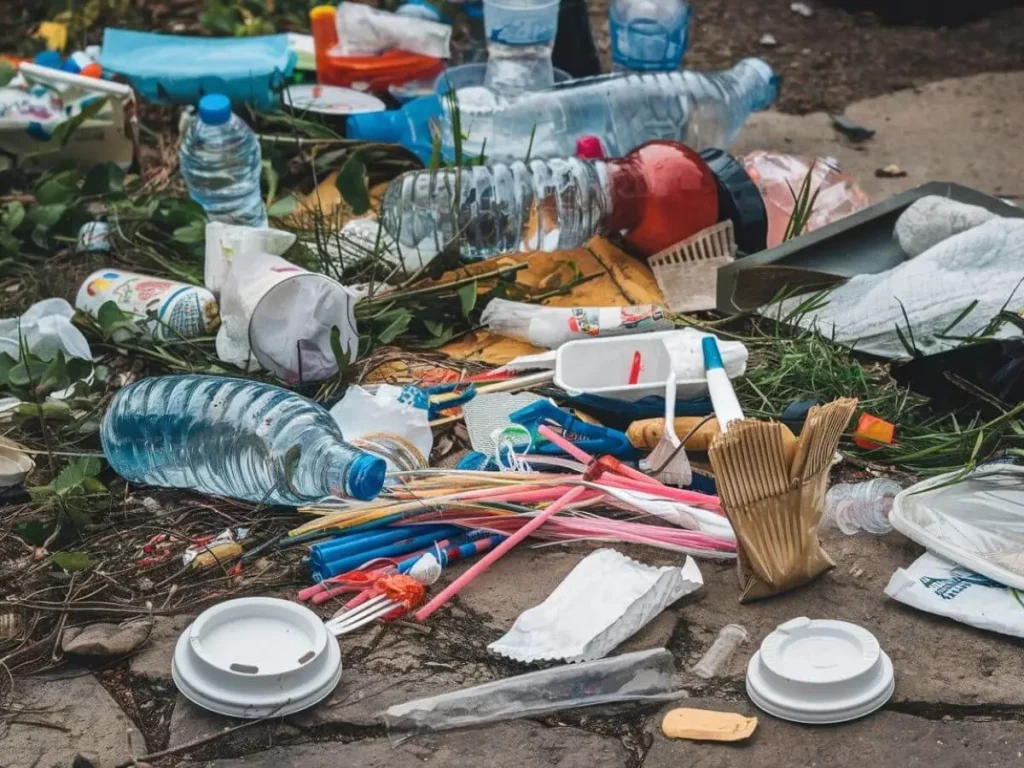
This shows we need a big effort to solve this problem.
1. Use Reusable Bags for Shopping
Keep reusable cloth bags in your car, purse, or by the door. This will help you avoid carrying plastic bags while shopping. Here in New Jersey, plastic bag bans are now the norm, making our shopping plastic-free.
2. Stop Using Plastic Water Bottles
Instead of plastic water bottles use stainless steel or glass water bottles. This is a sustainable option and it saves your money too. I love using stainless steel bottles—it keeps my water cold all day long!
3. Use Beeswax Wraps
In the kitchen use Beeswax wraps instead of plastic wraps. These are reusable, biodegradable, and great for keeping food fresh. They come with cool design too. I use them to cover everything from sandwiches to leftover dinner.
4. Choose a Bamboo Toothbrush
The Bamboo toothbrushes are compostable and just as effective as our traditional plastic ones. As per a study, over 1 billion plastic toothbrushes are thrown away every year only in the United States.
5. Use Glass or Stainless Steel Containers
If you are using plastic Tupperware, replace them with glass or stainless steel containers. These containers last longer, don’t leach chemicals, and are easier to clean.
6. Buy in Bulk
Most people don’t know the benefits of buying food in bulk. This helps cut down on plastic packaging. Bring your own jars or cloth bags to stores that offer bulk goods.
In my area, many co-ops and natural food stores have bulk sections. I have written a detailed blog post on buying in bulk to reduce waste.
7. Use Silicone or Wooden Utensils
The Plastic cooking utensils we normally use, can melt or break down over time. Instead of plastic ones, it is a better option to use silicone or wooden utensils—they’re durable and eco-friendly.
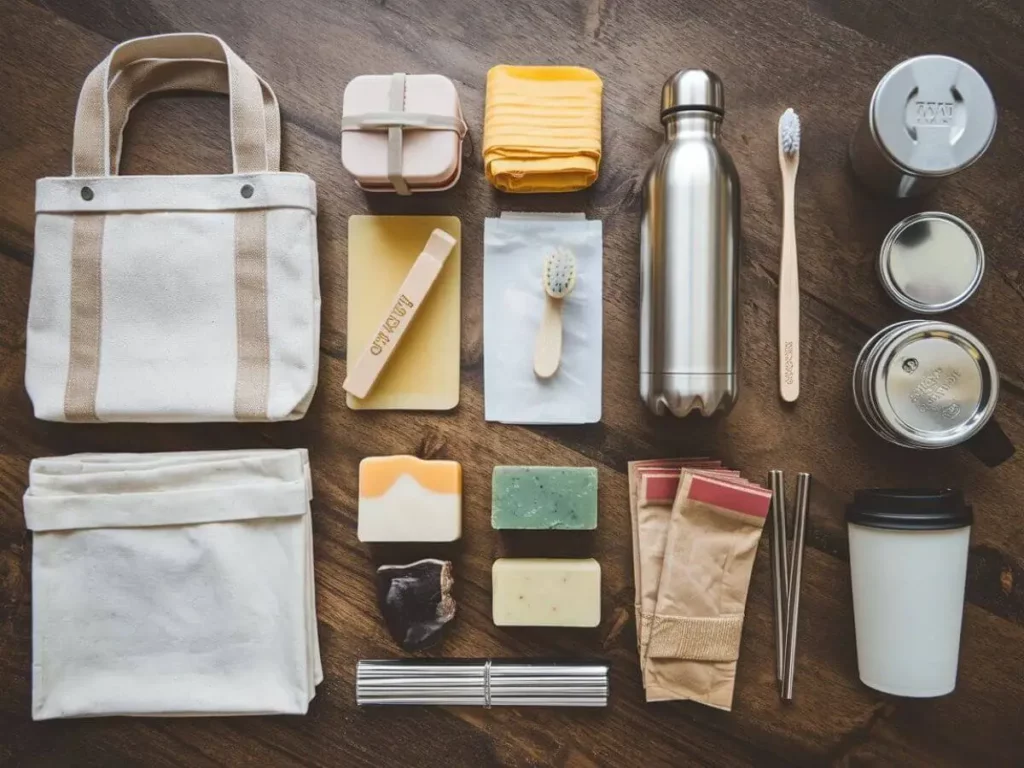
8. Swap to Bar Soap
Nowadays, using bar soap has become a trend among sustainable lovers. These soaps last longer than liquid soap and come in minimal packaging.
9. Try Refillable Shampoo and Conditioner
Many stores in New Jersey now offer refill stations for shampoo, conditioner, and body wash. Using refillable containers helps reduce plastic waste in your bathroom.
10. Use Toothpaste Tablets
The toothpaste tubes we use, are hard to recycle. Toothpaste tablets are a fun, plastic-free alternative that works just as well. They’re also a good option for travel.
11. Carry a Reusable Coffee Cup
In my place, many cafes will happily fill your cup, and some even offer a discount.
12. Try Metal or Silicone Straws
Plastic straws we use and throw, are one of the top ocean pollutants. So instead you can carry a metal or silicone straw, or if possible simply skip the straw altogether.
I have cute stainless steel straws, I always carry them while traveling.
13. Pack Lunch in Reusable Containers
Do not use plastic sandwich bags. Pack your lunch in a reusable container. I use stainless steel lunchboxes, they are durable and stylish.
14. Choose Farmers’ Markets Over Supermarkets
Farmers markets are always a sustainable option. They offer fresh, local produce with far less packaging than supermarkets. Do not forget to Bring your own bags and enjoy plastic-free shopping.
15. Use Compostable Dish Sponges
The regular dish sponges we use contain plastic. I use compostable sponges made from natural materials like loofah or cellulose.
16. Avoid Synthetic Fabrics
The clothes made from polyester and nylon shed microplastics in the wash. It is always a better option to buy clothes made from natural fibers like cotton, linen, or hemp.
17. Get a Microfiber Filter for Your Washing Machine
If you can’t avoid synthetic fabrics entirely, use a microfiber filter or a Guppyfriend bag to catch microplastics during washes.
18. Choose Compostable Party Supplies
For your next celebrations skip the plastic cups, plates, and cutlery. Choose reusable or compostable party supplies instead. I have written a detailed blog post on sustainable party supplies.
19. DIY Decorations for Events
For the past few years, I have been using sustainable decorations for all celebrations. I love crafting decorations out of paper, fabric, or natural materials.
It’s fun, budget-friendly, and reduces plastic waste. You can read my detailed blog post on using reusable party decorations.
20. Conduct a Plastic Audit
Take a week to track how much plastic you use. Once you know where it comes from, it’s easier to find alternatives. I did this when I started my eco-friendly journey, and it opened my eyes to so many areas for improvement.
I have also written a blog post on reducing plastic usage in our daily lives.
I hope the above tips will help you in reducing plastic in your daily life. Breaking our plastic habits is about reimagining how we interact with everyday items.
Ready to make a change? Start with a few simple methods in the beginning, and then you can explore more ways. So, which tip will you try first? Let me know in the comments.
